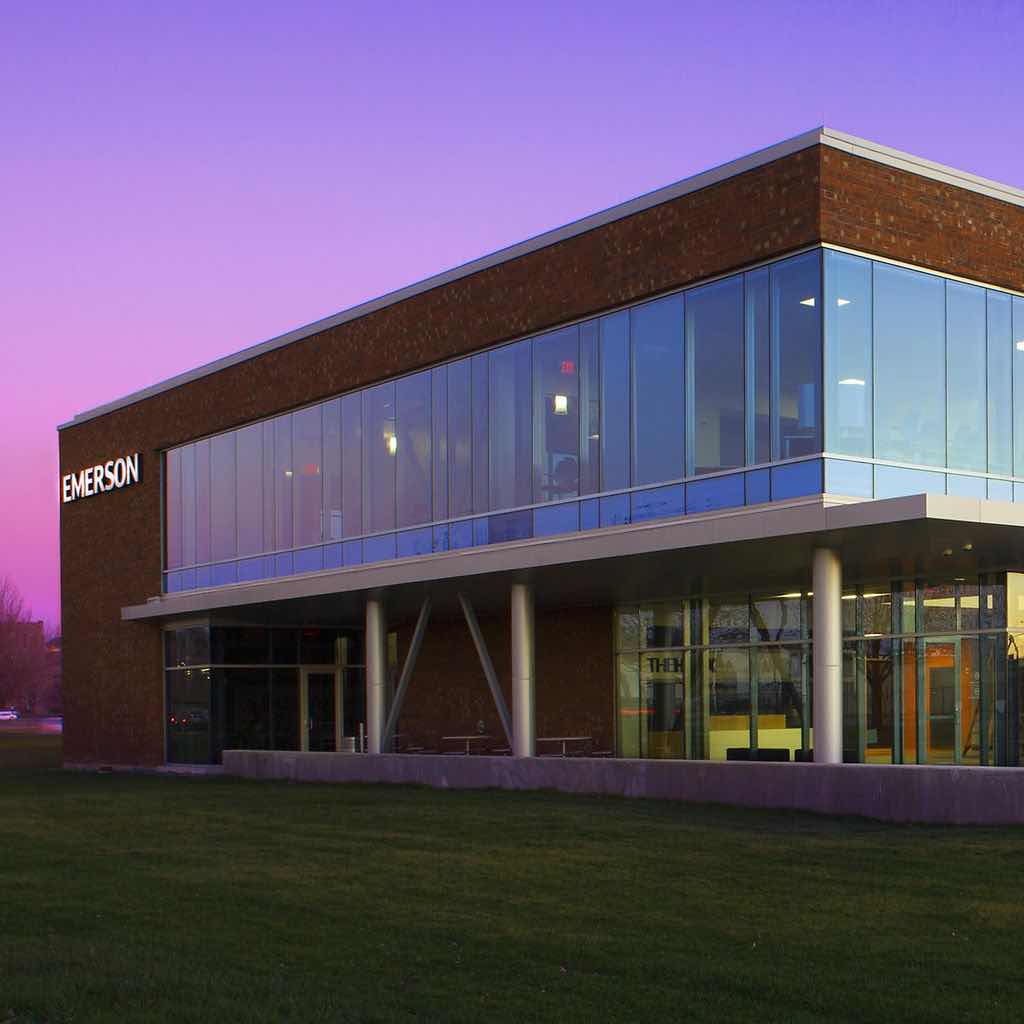
Responsible Refrigeration: Cool Solutions for a Hot Issue

Constant Collaboration
Cooling has never been a hotter topic. We face an expanding need to keep our homes and businesses safe and comfortable, but we need to increase efficiency and minimize our impact on the environment at the same time. And we’re facing an ever-changing regulatory environment around the globe as we try to navigate these changes.
This shifting environment has made it challenging for the cooling industry to keep pace. But the good news is, we see new technologies and solutions are rapidly entering the marketplace that enable us to achieve both efficiency and environmental goals. New refrigerants reduce greenhouse gas emissions while also operating more efficiently. Combined with technologies that enable more precise and accurate temperature control, and we’re headed toward a future that’s, well, pretty cool.
Emerson is bringing the cooling industry together to ensure that we’re advancing alternative refrigerants and innovative cooling solutions that incorporate them. We’ve established an initiative called E360 to help everyone from commercial building planners to engineers to contractors fully understand the efficient, environmentally friendly refrigerant options available today. And we’re collaborating with partners every day at our Helix Innovation Center to maximize the potential of emerging cooling technologies in home and commercial environments.
Advancing Natural Refrigerant Options
Hydrofluorocarbons (HFCs) have been primarily used as refrigerant for home and business air conditioners since the 1920s, but these gases are now known to result in ozone depletion and contribute to global warming. Even with more environmentally friendly HFC options available today, there are a variety of natural refrigerant options emerging today that can further reduce the impact of air conditioning.
In a blast of cold air from the past, CO2 is more frequently being used in modern air conditioning solutions, after being replaced by HFCs in the first half of the last century. Propane, isobutene and ammonia are also being used in some applications. All of these gases dramatically reduce environmental concerns and offer the opportunity for increased efficiency.
A primary challenge with these alternatives, however, is that each requires different operating environments, working under different pressures, temperature ranges and with different safety requirements. For example, the flammable nature of propane obviously requires design of solutions that ensures safety in a way that wasn’t relevant for nonflammable HFCs.
That’s where Emerson’s E360 program is focused on supporting the industry. Through webinars, newsletters and online resources, we’re providing the industry with insights and background on successful applications of these new refrigerants, and how solutions for each of them are evolving. E360 also serves as a resource on the fast-moving regulatory environment.
We’re testing many of these solutions at our Helix Innovation Center in Dayton, Ohio. The Helix includes both a self-contained home and a light commercial building environment where we can test cooling solutions under a wide range of conditions. Our partners – including researchers, academics and other industry professionals – work with us every day to test new ideas and advance promising technologies.
Even with today’s fluid technology and regulatory environment, the industry is on the right path to delivering more efficient and environmentally friendly cooling solutions. We believe we’ll get there more quickly and successfully if we work together—and we see ourselves working as a catalyst to make that a reality.
